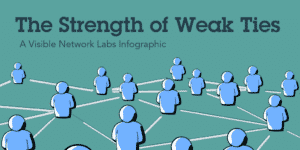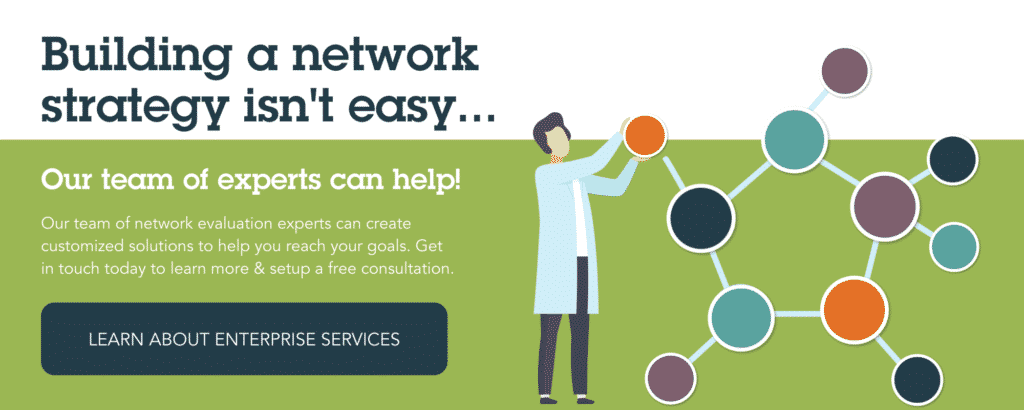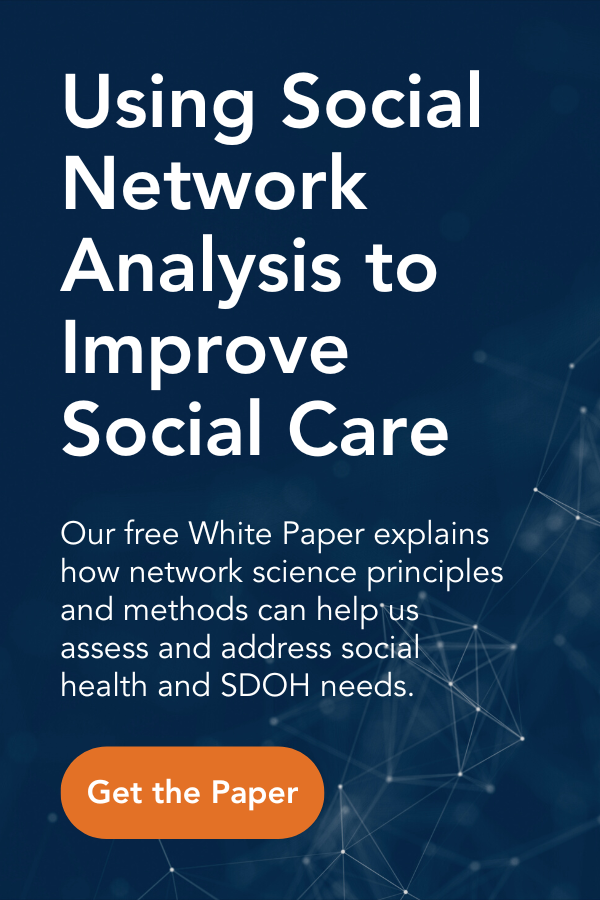How Does PARTNERme Work? An Infographic
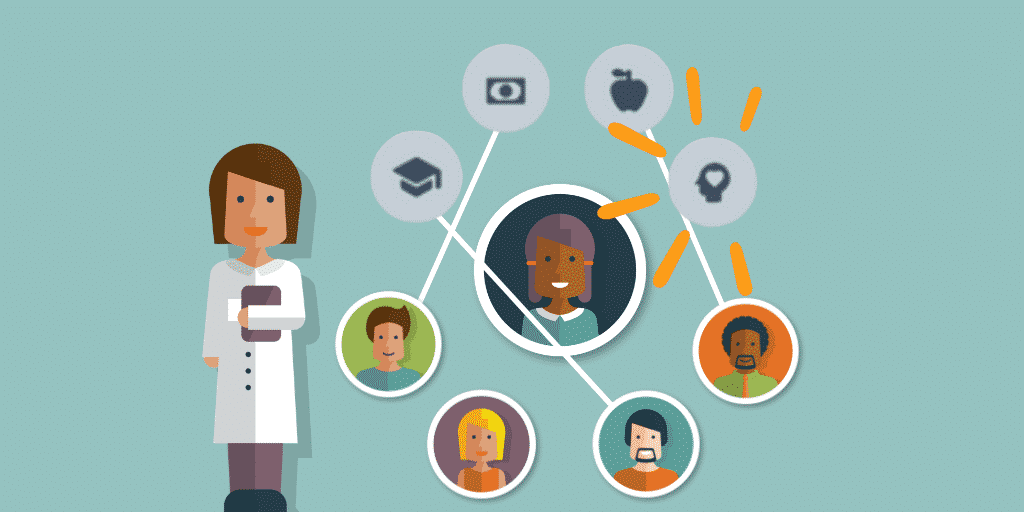
Social connectedness – our relationships with friends, family, neighbors and coworkers – directly influence our health and well-being. However, it’s very difficult for care providers to leverage this knowledge to improve patient care and health outcomes. PARTNERme is our solution, a person-centered network tool that screens for social needs and connectedness to identify and fill gaps in their personal support network. How does PARTNERme work in practice?
Using Network Science to Improve Patient Health & Well-Being
The process begins with a quick screening that patients can take in a clinical setting while waiting or from the safety of their own home. It asks questions about their social needs, like housing, transportation, legal aid or mental health, and who they get help with in their network. We then compare their needs and support network to identify gaps – areas of need that aren’t being filled their their personal network.
The App then connects to the provider’s resource referral database to provide targeted referrals for the patient to follow-up with. By focusing only on needs unmet by their personal network, we increase the odds they follow up, improving health and well-being. The provider also receives a report with risk levels and social isolation scores to help them focus on patients with more limited social connectedness. The infographic below also answers the question, “how does PARTNERme work?”
Related Read: Social Connectedness is a Social Determinant of Health
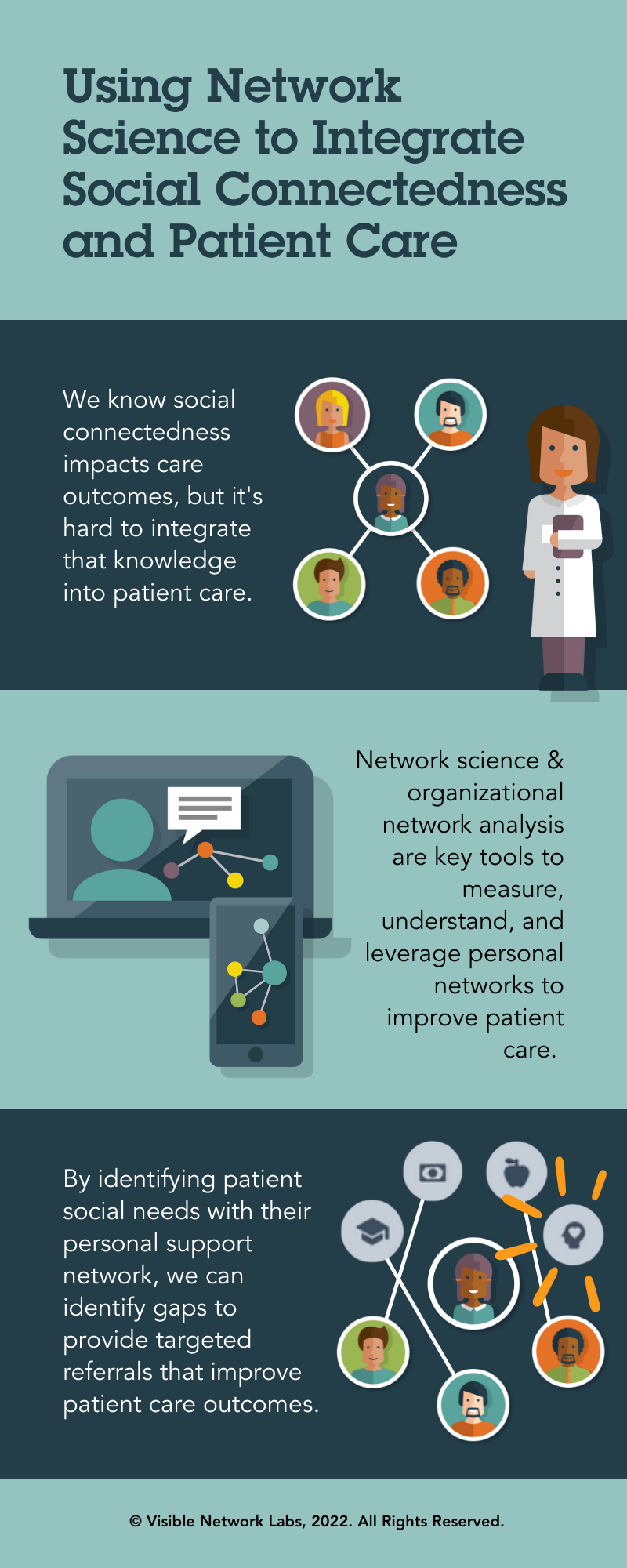
Learn more about PARTNERme here. We’re proud to be a Prime Health Innovation Challenge Finalist for our work developing this new tool to screen for adverse social connectedness. Learn more about the Challenge and our progress here.
Want to learn more about analyzing network data and building better collaborative strategy? Visit our Network Leadership Resource Library to see blogs, webinars and research on this very important topic. You can also share a comment below with the community to add your thoughts on the subject.
|
|
Thank you for Signing Up |

More Social Care Resources

